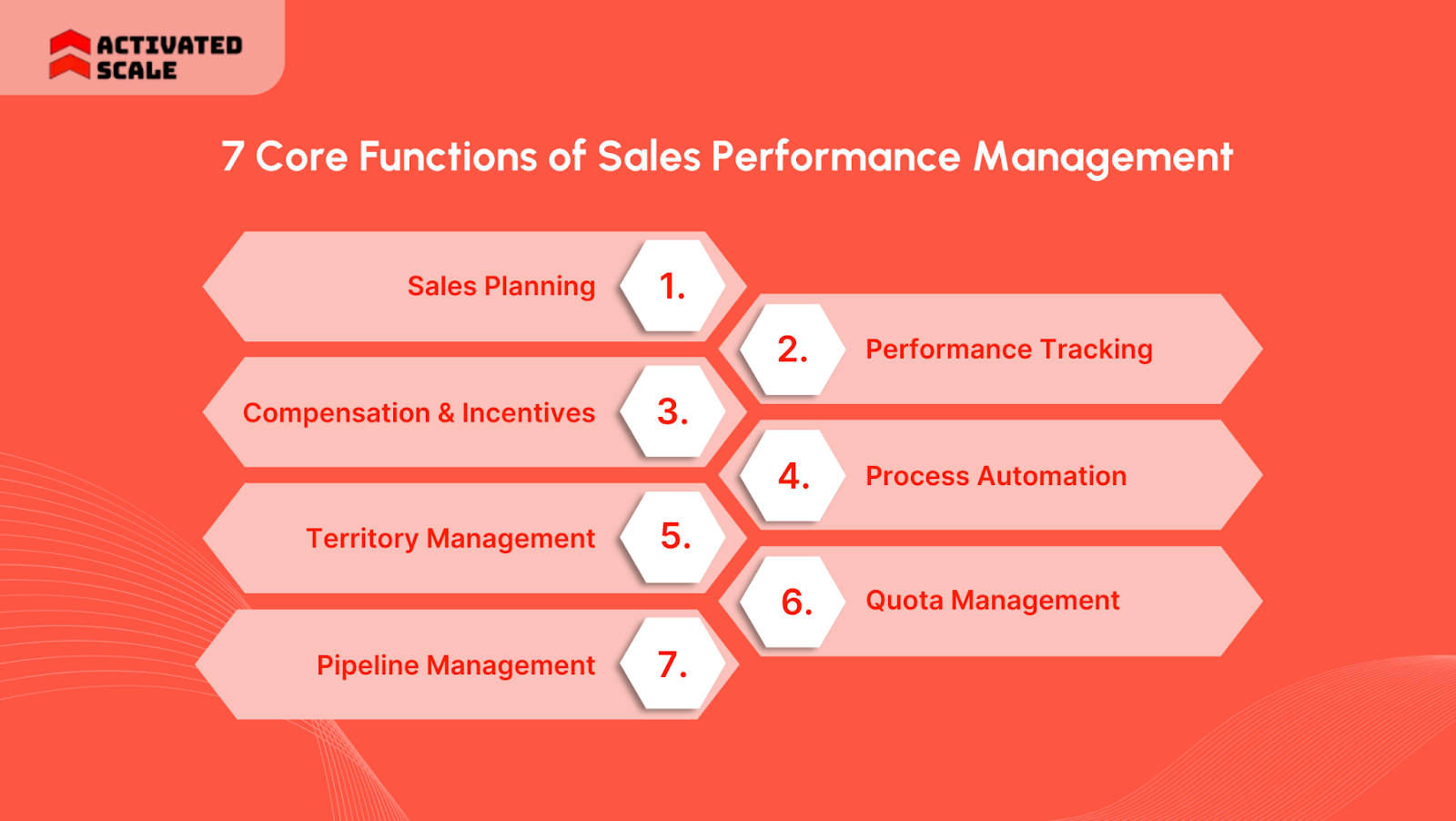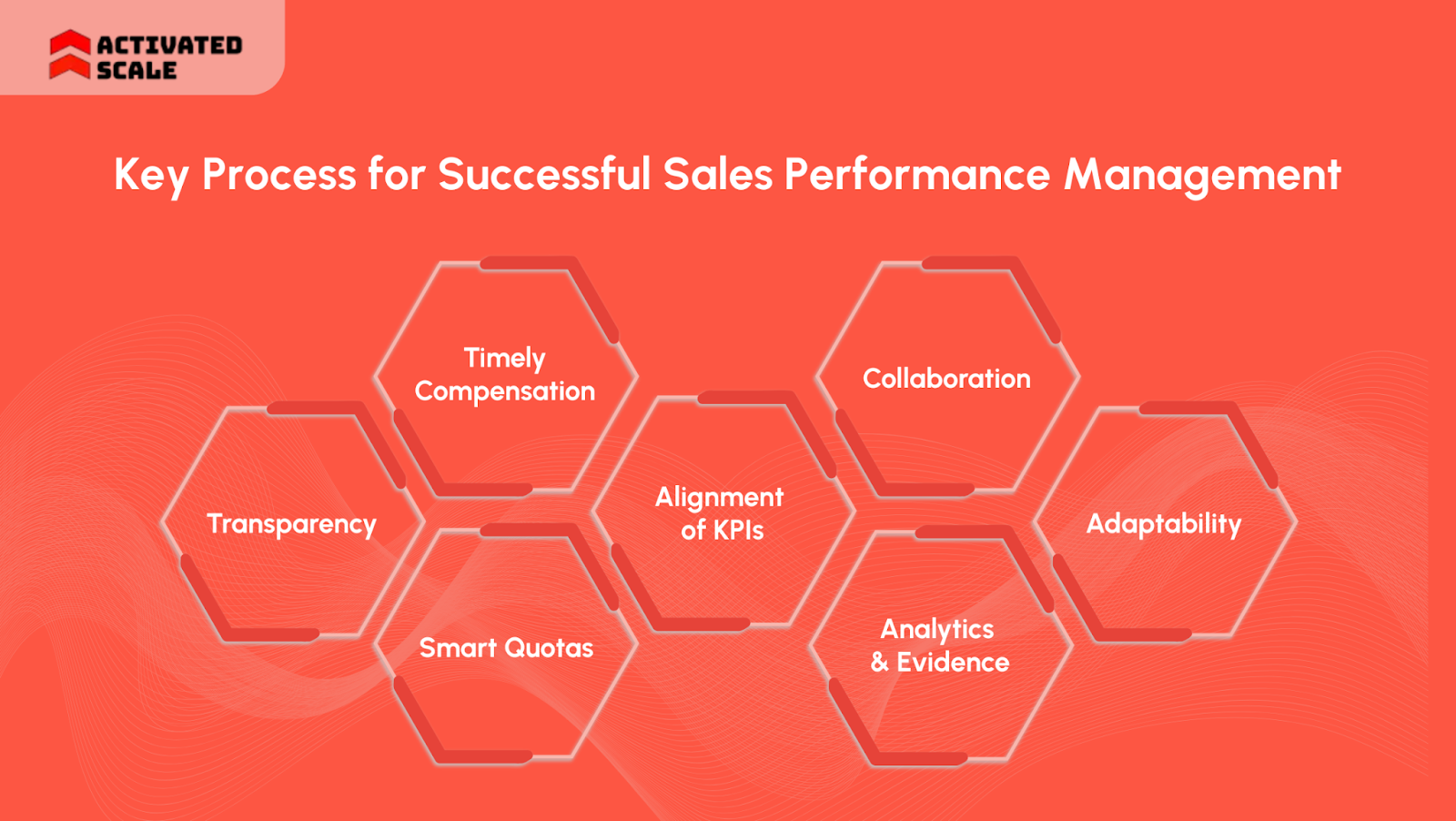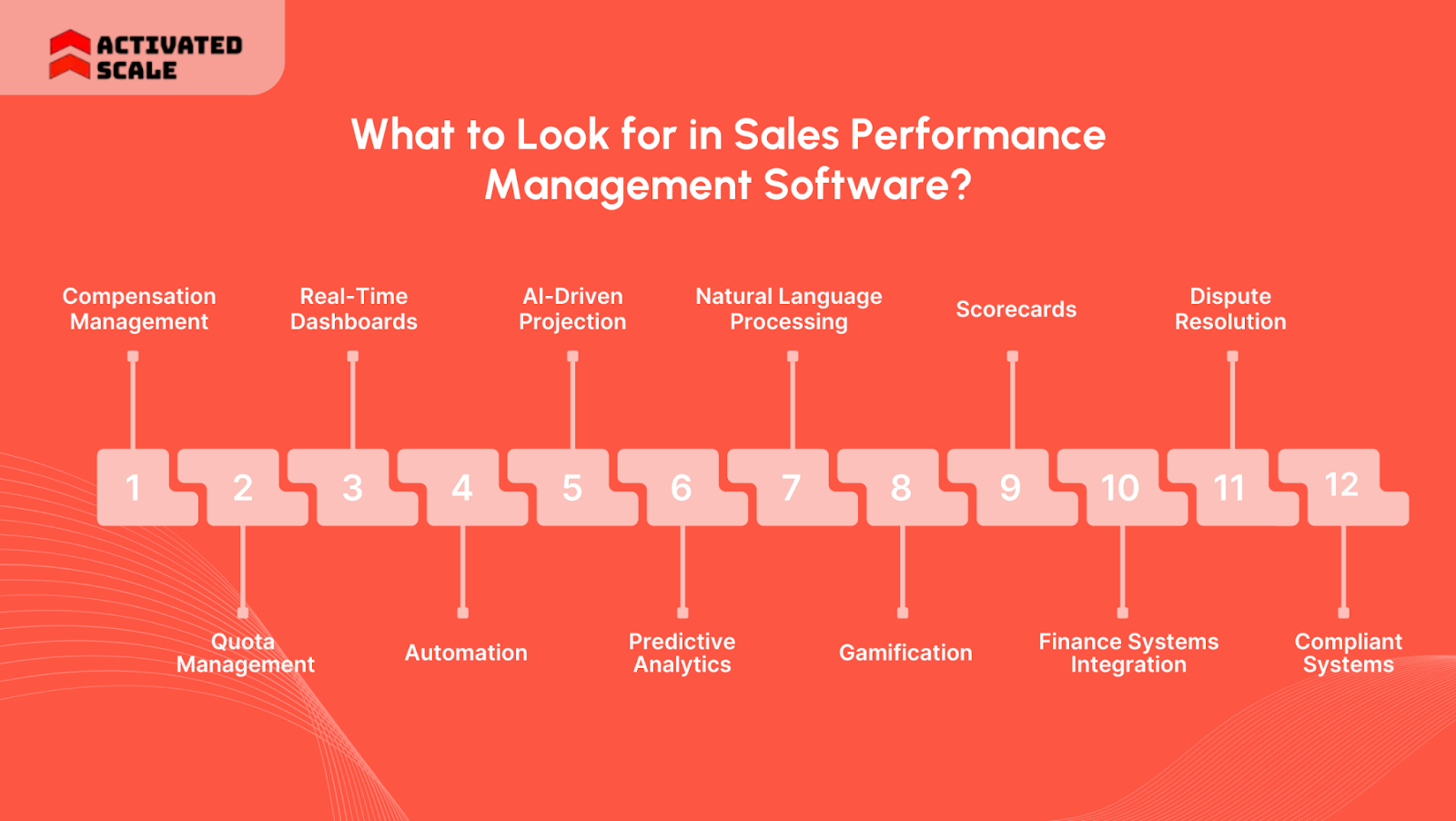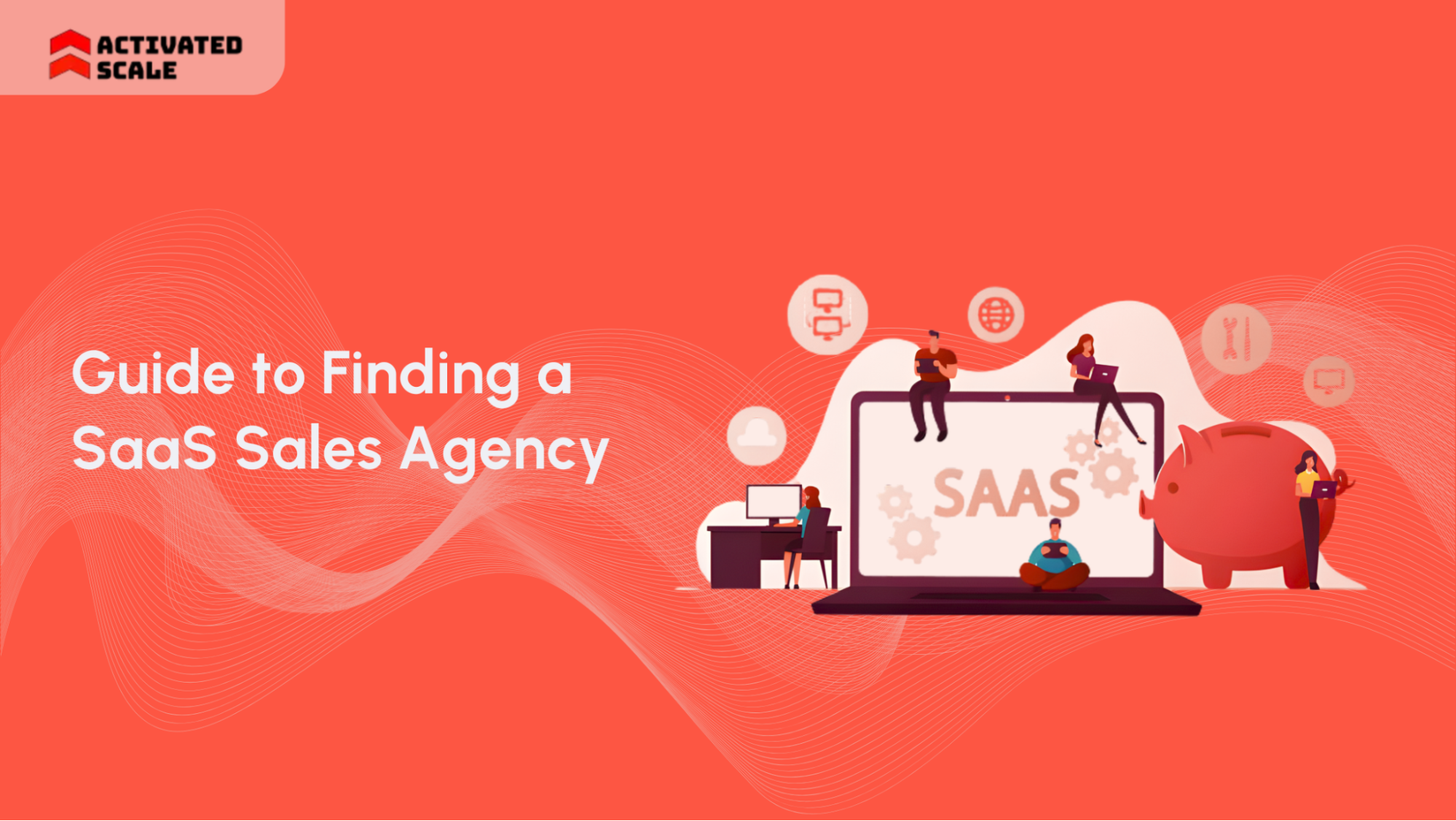Remember that "only 60% of salespeople say meeting their sales quota" from HubSpot? You feel it in your bones every quarter. It’s that sinking feeling when a top rep’s pipeline evaporates within two weeks before closing.
It’s the 8 PM scramble to manually stitch together data from six different systems for the board meeting tomorrow. The old sales playbook is no longer serving you in 2025.
Basically, your Go-to-Market (GTM) strategy is set, but your customer relationship management (CRM) goals feel like they were built for a different company. Reps are chasing activity metrics that don't move the revenue needle.
We get it. Your leadership needs a new operating system. This blog breaks down the exact blueprint top-performing orgs are using sales performance management to cut through the 2025 noise.
Quick Glance
- Sales Performance Management (SPM) integrates planning, tracking, and compensation to align sales teams with business goals.
- Key SPM functions like sales planning, performance tracking, and compensation management ensure clear, actionable data for sales leaders.
- Advanced SPM software includes AI-driven projections, predictive analytics, real-time dashboards, and automation to support smarter decision-making.
- Transparency in quotas, pay structures, and real-time performance tracking keeps sales reps motivated and accountable for results.
- Automating workflows and integrating advanced technologies ensures consistent results across the entire sales organization.
What is Sales Performance Management (SPM)?
Sales leaders often ask one simple question: Are teams performing at the level needed to hit company targets? For that, teams need to show optimum performance. Team performance reflects how individuals and groups manage selling activities, build relationships, and close deals.
The true measure combines consistency, win rates, and the ability to meet or exceed revenue goals over time. Sales performance management connects these measures into one system.
It brings together planning, activity tracking, and incentive programs to align day-to-day actions with company objectives. Instead of relying on instinct, leaders gain structured visibility into how teams work and what drives outcomes. In fact, you can expect an increase of 30% overall revenue by focusing on performance management.
In a world of crowded inboxes, disconnected data, and missed quotas, understanding SPM is crucial. However, we truly can solve most of our problems by knowing and understanding why SPM matters.
Also Read: 18 Cutting-Edge Sales Performance Metrics to Boost Efficiency
Benefits of SPM

Sales teams are under constant pressure to deliver results, but outdated tools can make it feel like success is a gamble. Without the right framework in place, sales teams risk falling short of expectations.
That’s where sales performance management (SPM) steps in. Here’s how it can solve the critical pain points for sales leaders:
- Aligns sales, operations, and finance with corporate objectives: Ensures all teams work toward the same goals and deliver a cohesive sales strategy.
- Replaces gut decisions with data-driven insights: Real-time data allows sales leaders to act quickly and confidently, making decisions based on facts, not assumptions.
- Improves productivity, consistency, and transparency: Automates manual tasks, gives reps clear goals, and reduces confusion around performance tracking.
- Addresses challenges like unattainable quotas, disconnected systems, and lack of visibility: Creates a unified system where quotas are realistic, systems are connected, and data flows smoothly.
- Supports proactive strategy with real-time tracking and predictive analytics: With the power of Artificial Intelligence (AI) and automation, sales leaders can adjust strategies before problems arise.
Sales Leaders & Ops do better strategy alignment with SPM.. For the finance team, this management shares fewer payout errors, compliance assurance, and reliable revenue projections.
Interested in improving your sales strategy? Hire experts from Activated Scale’s Fractional Sales Leadership to design effective go-to-market strategies and accelerate your sales growth.
So, how does SPM deliver on this promise of clarity and predictable growth? It’s through the disciplined application of seven interconnected functions. These actively build the structure and accountability your revenue team needs.
7 Core Functions of Sales Performance Management

Forget misaligned goals. Sales Performance Management (SPM) is the operational backbone for problems like where, how, and what to sell.
It’s how you turn chaotic effort into predictable results. Let's break down the core functions that make it work:
1. Sales Planning
Sales planning is about setting up your teams to succeed. This function covers everything from account segmentation. Effective planning ensures that teams have the resources and focus to meet all revenue targets.
Example: A SaaS company can use SPM to align its sales team with key geographic markets. Instead of assigning territories randomly, they can plan their sales to assign reps to high-potential regions.
2. Performance Tracking
Tracking individual and team performance in real-time is a key component of SPM. It allows leaders to get immediate visibility into sales activities and pipeline health. Real-time feedback ensures that teams stay on track, minimizing the gap between underperformance and corrective actions.
3. Compensation & Incentives
SPM directly ties compensation to sales outcomes. You need to motivate reps to focus on activities that contribute directly to the business’s bottom line. A clear, transparent incentive program also builds trust and reduces confusion, leading to more engaged sales teams.
Example: If a B2B tech company revamps its incentive structure through SPM to reward reps, it shows great culture value. This is important as 37% of the employees leave due to a bad culture in a company. It could lead to revenue loss, ultimately resulting in the need to hire new candidates.
4. Process Automation
Manual tasks and processes can be a major drain on time and resources. SPM platforms automate routine sales operations, such as commission calculations, quota tracking, and reporting. This allows sales teams to focus on high-value activities.
5. Territory Management
A key part of SPM is optimizing how territories are assigned. Advanced SPM tools analyze historical data and market trends that maximize sales potential. This ensures that every region has adequate coverage and the appropriate resources to meet goals.
6. Quota Management
Realistic Sales Quota management is central to sales performance. It ensures that sales targets are aligned with market potential and the capabilities of individual reps. With SPM, quotas are designed to be realistic, measurable, and aligned with company objectives.
7. Pipeline Management
What your sales team is selling is equally important. To ensure that reps are selling the right products to the right customers, SPM relies on sales insights. This involves understanding your sales pipeline, setting pricing strategies, and offering discounts strategically.
Pricing and discounting ensure that sales reps understand the value of your offerings. They can also negotiate effectively without damaging profitability.
To avoid creating just another layer of process, their implementation must be guided by fundamental principles. These are the non-negotiable keys to ensuring your SPM strategy delivers tangible ROI.
Read Also: How to Create a Sales Playbook: Step-by-Step Guide
Key Process for Successful Sales Performance Management

Sales teams can only perform at their best when clear guidance, real-time insights, and alignment with company objectives are at the core of their operations.
While we’ve covered the foundational elements of SPM, the real action happens when those elements are applied strategically. Here’s how to get it right:
1. Transparency
Sales reps perform better when they understand exactly what is expected of them and how their efforts contribute to their earnings.
- Strategy: Regularly update your team on their progress toward quotas and any adjustments to compensation structures. This clarity reduces uncertainty and motivates reps to hit their targets.
- Tip: Use a real-time dashboard that gives each rep visibility into their earnings, quota progress, and sales activities.
Hire sales reps from Activated Scale’s Contract to Hire Sales Recruiting service. They can help you gain complete visibility into pay, quotas, and performance for your business.
Hire the best part-time talent from Activated Scale with the option to evaluate the partnership. This gives you the freedom to continue working together only if the candidate perfectly aligns with your long-term goals. Otherwise, we can rematch the new sales rep according to your needs without any additional costs.
2. Timely Compensation
Timely payouts and removing compensation caps build trust and keep your team focused on long-term success.
- Strategy: Move to monthly or bi-weekly payouts to maintain motivation. The more frequently your reps see their compensation for closing deals, the more they will stay driven.
- Tip: Make sure your system is automated to minimize errors and ensure accurate payouts without delays.
3. Smart Quotas
Unreasonable quotas often result in frustration and burnout, while overly simple ones can lead to underperformance.
- Strategy: Customize quotas based on each rep’s territory, historical performance, and market potential. Use data to make these quotas as accurate and achievable as possible.
- Tip: Review quotas quarterly to ensure they remain aligned with market shifts or company goals.
4. Alignment of KPIs
Aligning key performance indicators (KPIs) with the company vision ensures that every sales activity contributes to the larger business objectives.
- Strategy: Develop a set of KPIs that reflect both the company’s top-level objectives and the unique challenges of each market.
- Tip: Use customer insights to continuously adapt KPIs, ensuring they remain relevant as conditions evolve.
5. Analytics & Evidence
Sales performance management is how you use that data to make all the difference. Predictive analytics and performance insights help you identify trends and new opportunities before they become issues.
- Strategy: Invest in software that can track and analyze the performance of individuals. Use that data to adjust strategies accordingly.
- Tip: Implement “what-if” modeling tools that help you simulate different sales scenarios to make informed decisions quickly.
6. Collaboration
Effective collaboration among sales, operations, marketing, and finance reduces the risk of conflicting priorities.
- Strategy: Hold regular meetings between key departments to review progress and discuss obstacles, ensuring alignment at every level.
- Tip: Use a collaborative platform that allows cross-functional teams to access the same data and communicate in real-time.
7. Adaptability
To stay ahead, your SPM system needs to be flexible and adaptable.
- Strategy: Regularly assess sales performance and adjust tactics or goals as needed based on changing circumstances.
- Tip: Encourage feedback loops from your sales reps to gain real-time insights on what’s working and what needs improvement.
Ready to make your sales strategy more agile? Ensure continuous refinement of your approach from the hired sales reps from Fractional Selling at Activated Scale.
As you refine your sales performance management strategy, the next critical step is choosing the right software that can execute those strategies effectively. With the right SPM software, the core principles are in place.
But how do you select the right tool to support these goals and drive measurable growth?
What to Look for in Sales Performance Management Software?

Your SPM strategy is only as powerful as the tools that enable it. With a saturated market of flashy platforms, cutting through the noise is critical. The right software shouldn’t add complexity, and it must seamlessly automate ICM.
So, here’s what you need to know:
- Incentive Compensation Management: Xactly automates commission calculations and ensures accurate, timely payouts
- Territory and Quota Management: Anaplan offers AI-driven territory planning and quota distribution. It ensures fair distribution and prevents overloading sales reps.
- Real-Time Dashboards: Salesforce Sales Cloud provides interactive dashboards for tracking team performance.
- Automation: HubSpot automates sales tasks like lead scoring and reporting.
- AI-Driven Projection: Salesforce Einstein uses AI to predict sales trends and outcomes to provide accurate revenue projections.
- Predictive Analytics: Varicent integrates predictive analytics to assess pipeline health and trends.
- Natural Language Processing (NLP): Gong.io analyzes sales calls and emails to gauge rep performance. This improves messaging strategies by analyzing customer sentiment and communication effectiveness.
- Gamification: Spiff uses gamification elements to track sales progress and reward achievements.
- Scorecards: Anaplan uses scorecards to benchmark rep performance against KPIs.
- Finance Systems Integration: Salesforce Sales Cloud integrates with major CRMs and financial systems. It ensures consistent, accurate data across platforms, organizing decision-making and reporting.
- Workflows and Dispute Resolution: Xactly provides automated workflows for commission approval and dispute resolution.
- Compliant Systems: Salesforce scales easily while ensuring compliance with GDPR and other regulations. It supports business growth while maintaining secure, compliant, and efficient sales processes.
Unify your strategy with SPM software that turns complex data into clear insights. So you can focus on growth.
Read Also: Why Fractional Sales Development Is the Smart Choice for Startup Scaling
Conclusion
Stop hoping for growth and start governing it. A sophisticated SPM strategy, powered by AI and deep integration, replaces erratic performance with predictable results.
It’s the definitive solution for aligning goals, automating compensation, and creating a culture of accountability that delivers scalable revenue. Get similar results with Activated Scale’s experts as we move beyond theory. We provide the exact expertise to operationalize various services.
Stop letting complexity throttle your growth. Book a call with us to change your sales performance into your most reliable asset.
FAQs
1. What exactly is Sales Performance Management (SPM)?
SPM is a strategic process that aligns sales planning, performance tracking, and compensation to drive predictable growth for sales teams.
2. How can SPM help improve sales team motivation?
SPM ensures that sales reps understand their goals and rewards, boosting motivation and reducing turnover.
3. How does AI enhance SPM systems?
AI helps predict sales trends, project revenue, and identify risks or opportunities, allowing sales leaders to adjust strategies proactively.
4. What makes SPM different from traditional sales management?
SPM integrates various aspects of sales, including incentives, quotas, and performance tracking, into a unified system. It makes sales teams more efficient and effective compared to traditional, manual methods.
The Ultimate Guide to Hiring a Salesperson!
Get the step-by-step guide to hiring, onboarding, and ensuring success!
_edi.png)




